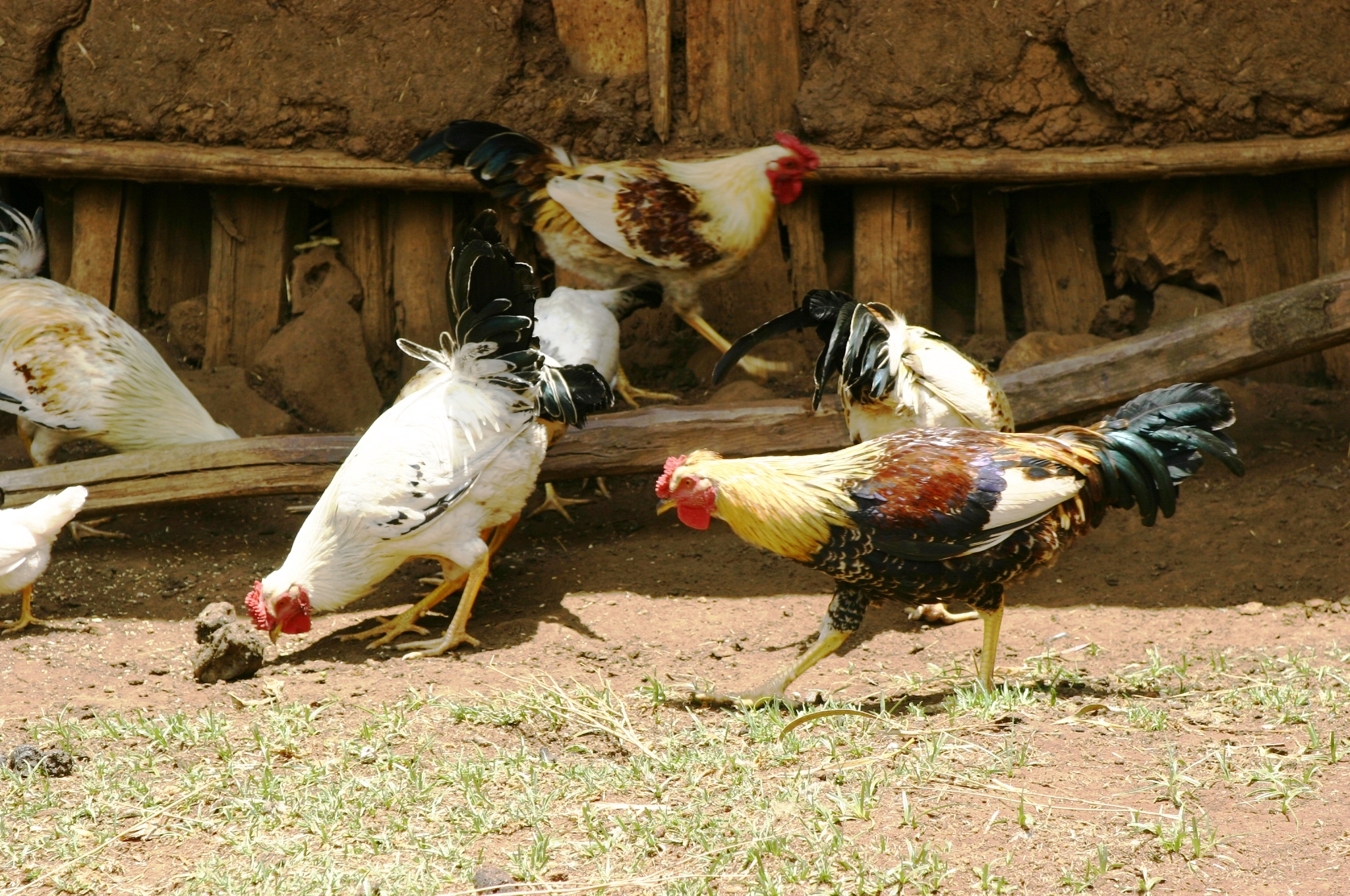By Oluwadara Alegbeleye, Alemseged Tamiru Haile and Javier Mateo-Sagasta

Water is required for livestock rearing as well as at several other points during production from field to retail. Industrial slaughtering and cleaning processes have particularly high water requirements; typically accounting for more than 80% of total water use, according to some estimates. Chicken is the most commonly slaughtered animal for food in Ethiopia, followed by sheep and goats, while cattle and camels are the least slaughtered. About 57 million birds are slaughtered each year, an estimate that is projected to increase by at least 14% over the next two years. While there are no reliable estimates of water use and consumption for livestock slaughtering operations in Ethiopia, recent figures from elsewhere suggest that poultry slaughter operations require 13.2 to 37.9 liters of water, while cattle slaughter operations use up to 1,703 liters of water per animal, a clear indication that livestock slaughtering operations require reliable access to water.
However, Addis Ababa, Ethiopia’s capital city and commercial hub, is experiencing a chronic water supply problem. Municipal water provisions seem insufficient to meet the city’s domestic and industrial requirements, and the chief water governing body, the Addis Ababa Water and Sewage Authority (AAWSA) has instituted a water rationing plan where some regions get one to two days of water supply per week, while others may, depending on certain contingencies, not get water supply for up to two weeks. The potential public health and socio-economic implications for Addis Ababa’s citizens are evident, but the impact on urban agriculture, especially livestock production, and associated implications for food safety, has been much less explored.
Sustainable water use in abattoirs
To cope with the chronic water shortages in the city, many businesses and affluent households have turned to groundwater extraction, a practice that is largely unregulated in the area. To complete this piece, we visited some slaughterhouses in the city and several of them use groundwater, which according to one operative, is at least 270 meters deep. It is well known that incautious groundwater extraction is not sustainable and there is a reasonable likelihood that in future, abattoirs in the city may need to exploit more sustainable alternatives for slaughtering operations. Some other abattoirs use municipal water, which is deemed microbiologically safe, but is very expensive and increasingly restricted by AAWSA. Based on some of the authors’ observations and interactions with abattoir officials, there does not seem to be action by the authorities to increase water supply in the area. Addis Ababa’s population growth rate is 4.4%, with a concomitant increase in per capita income in recent time. As seen in other parts of the world, increased purchasing power may translate into increased dietary inclusion of meat. For a sector that requires millions of cubic meters of water, scarcity or shortages may have significant implications for food security and safety.
To approach the problem constructively, it is vital to understand all relevant intricacies. Because “one cannot manage what is not measured” the first step is to quantify water use requirements in various types of slaughterhouses and for different types of carcasses in Addis Ababa. Secondly, water needs to be used efficiently and there are certain important factors that may influence water savings. One study reported that water consumption per buffalo decreases with increasing numbers of buffalos slaughtered per day. For example, for practices such as plant washing, personal hygiene, and utensil sanitation, water use was found to be independent of the number of buffalo slaughtered.
There are other strategies that can potentially improve water use efficiency, without compromising food safety and environmental health. Water reuse and recycle within the slaughterhouses is one of them. In some areas for example, it is acceptable to use clear water from other process areas such as from carcass refrigeration rooms, steam condensate, or cooling water for the primary wash-down of lairage areas. Implementation of such strategies, however, needs to be navigated carefully and contextually. The change of the slaughterhouse water source could be another solution if the existing source is compromised. Accessibility and cost or alternative sources seem to be important influencing factors, but to protect public health, the safety of those sources must also be considered.
Research-based action for water management and food safety
Relevant research can help understand the points where water use can be better regulated and meaningfully inform the development of water consumption reduction strategies to cope with water scarcity while ensuring food safety in slaughterhouses. It is necessary for future research to assess the knowledge, attitude, behavior and practices of slaughterhouse operatives with regard to water management for food safety, as well as the level of compliance of food safety practices. Such research output will undoubtedly be relevant for the design of interventions.
Addis Ababa needs better water management and overall improved urban and regional planning, but water shortages in the area represent significant threats to food safety and security, that requires urgent action.
This blog was written under the CGIAR Initiative on One Health which emphasizes the interconnectedness of human, animal, and environmental health, particularly in relation to water.

